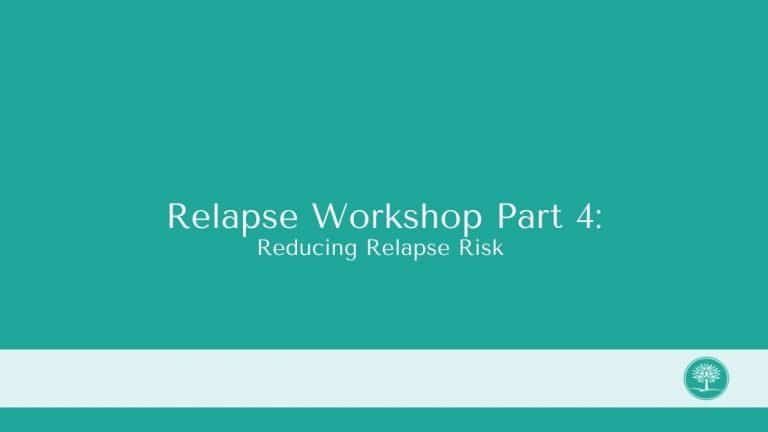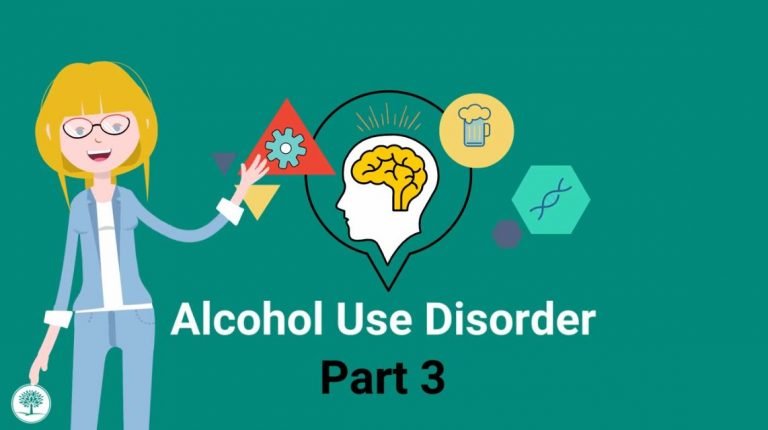Binge drinking is common, but it carries significant risk. Finding more meaningful ways to facilitate social connection can help you avoid the negative side effects.
How Binge Drinking Affects You and Others
Estimated watch time: 5 mins
Summary:
Binge drinking comes at a significant cost, individually and for society. Binge drinking is also more prevalent than many might think, even among older adults. Binge drinking is normalized despite the costs and complications, which this video guide goes over. Finding different ways of having a good time can help de-normalize binge drinking in our society.
Other Addiction & Mental Health Resources
The Recovery Village has several, free resources for those living with addiction or mental health conditions and their loved ones. From videos, to clinically-hosted webinars and recovery meetings, to helpful, medically-reviewed articles, there is something for everyone. If you need more direct help, please reach out to one of our representatives.









